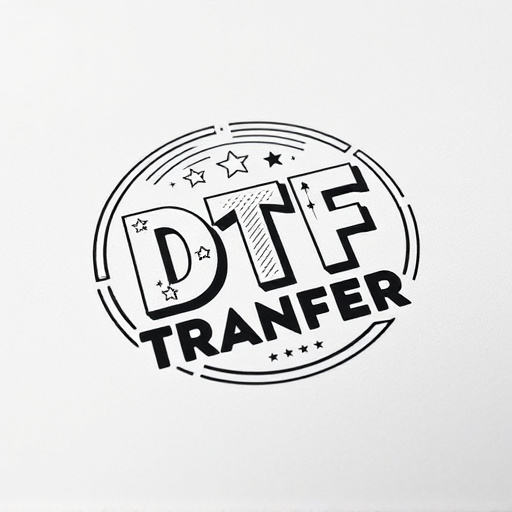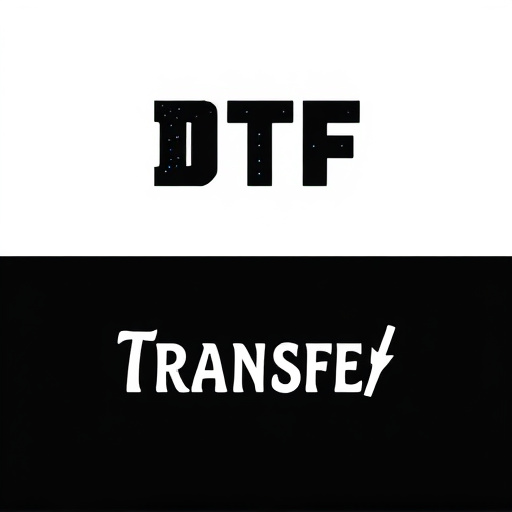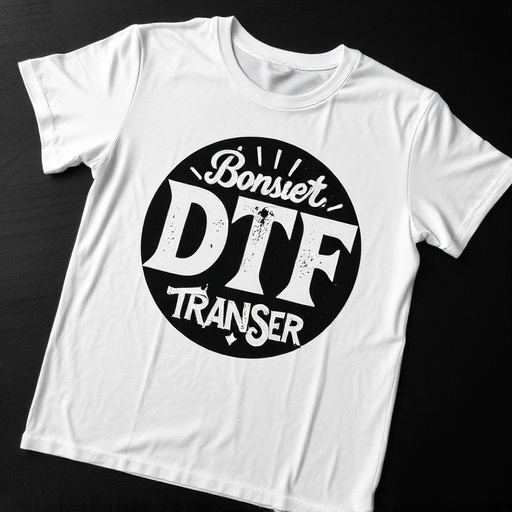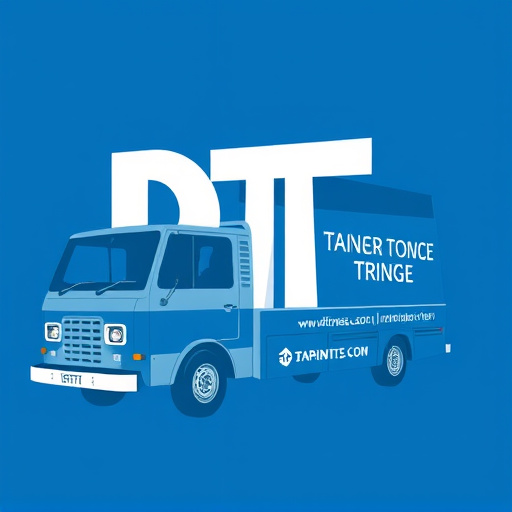Direct-to-Film (DTF) transfer has revolutionized film and various printing industries by offering precise, high-quality direct printing on films. DTF printing technology enables businesses to create custom designs without traditional development, providing speed, efficiency, and versatility for short-run or unique orders. Specialized printers deposit inks layer by layer, achieving intricate patterns and vibrant colors. This method is used across diverse sectors like textiles, ceramics, and advertising, streamlining workflows, saving costs, and enhancing marketing efforts with visually stunning DTF prints. With technological advancements driving sustainability and digital customization, DTF transfer's future looks promising, offering creative solutions while minimizing environmental impact.
“Discovering the cutting-edge of printing technology, this article explores the world of Direct-to-Film (DTF) transfer production. We uncover the innovative practices of leading businesses revolutionizing the industry. From understanding DTF’s unique capabilities to its seamless printing process, we delve into how DTF offers unparalleled results for various applications.
Get ready to navigate through the benefits, recent advancements, and future prospects of DTF technology, as we provide an in-depth guide to this game-changing production method, primarily focusing on its potential to create stunning DTF prints.”
- Understanding Direct-to-Film Transfer (DTF) Technology
- Top Businesses Innovating DTF Transfer Production
- The Benefits of Choosing DTF for Printing
- DTF Printing Process: From Concept to Completion
- Industry Applications and Case Studies
- Future Trends in DTF Transfer Production
Understanding Direct-to-Film Transfer (DTF) Technology
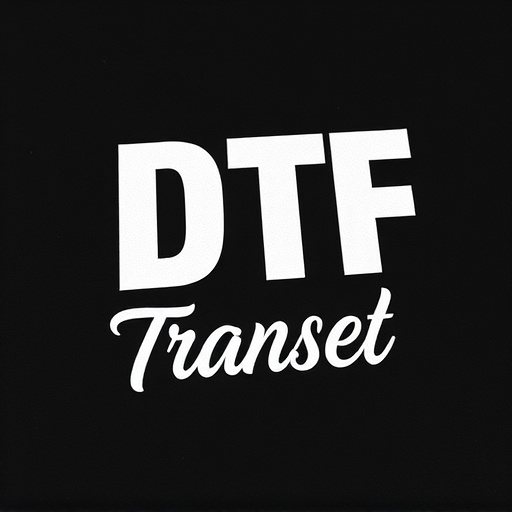
Direct-to-Film (DTF) Transfer is a cutting-edge printing technology that has revolutionized the way businesses approach film production and customization. This innovative process allows for direct printing onto films, offering unparalleled precision and quality. With DTF, businesses can create custom films, from promotional to artistic purposes, without the need for traditional film development methods.
The technology works by using specialized printers that deposit ink directly onto the film’s surface, layer by layer, building up intricate designs and vivid colors. This method provides a faster and more efficient alternative to traditional film printing techniques, enabling businesses to produce high-quality DTF prints quickly. It’s particularly advantageous for short-run or custom orders, ensuring that each film is tailored to specific requirements.
Top Businesses Innovating DTF Transfer Production
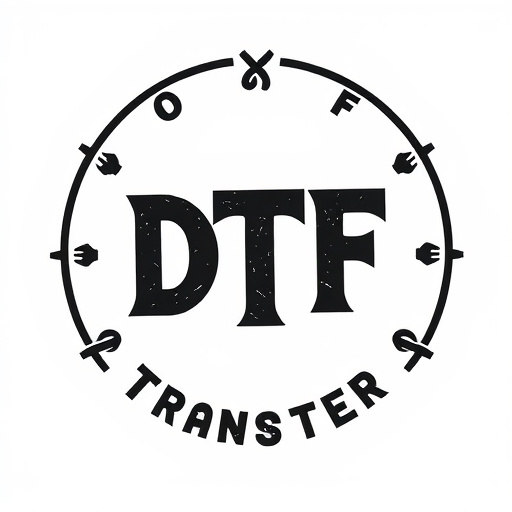
The direct-to-film (DTF) transfer production space is a dynamic arena where several forward-thinking businesses are pushing boundaries and innovating. These leading companies are revolutionizing the way DTF prints are created, offering advanced technologies and unique services that cater to diverse client needs. Their expertise lies in translating intricate designs onto various surfaces with precision and speed, making them indispensable partners for brands seeking high-quality, on-demand printing solutions.
Many top businesses invest heavily in research and development, constantly refining DTF transfer techniques. This commitment ensures that their processes remain at the forefront of the industry, providing exceptional image quality and durability. By embracing cutting-edge equipment and software, these innovators deliver not just standard DTF prints but also specialized services like custom branding, rapid prototyping, and large-scale production runs. Their ability to offer tailored solutions has transformed DTF transfer into a versatile and accessible method for businesses of all sizes to enhance their marketing efforts and product personalization.
The Benefits of Choosing DTF for Printing

Direct-to-film (DTF) transfer production offers a multitude of benefits for businesses and creators looking to print high-quality images and graphics. One of its key advantages is the ability to achieve vibrant, accurate colours with exceptional detail. DTF Printing directly onto film allows for precise reproduction of fine lines, textures, and gradients, ensuring prints stand out with their rich visual appeal. This method is particularly suitable for short-run productions or custom designs where speed and flexibility are essential.
Moreover, DTF provides an efficient workflow as it eliminates the need for complicated setup processes. There’s no waiting for films to be prepared or specialised equipment to be calibrated, allowing for prompt turnaround times. This efficiency translates to cost savings, making DTF an attractive option for businesses aiming to optimise their printing processes without compromising on quality.
DTF Printing Process: From Concept to Completion

The Direct-To-Film (DTF) transfer process is an innovative method that brings artistic visions to life on various mediums, particularly in the film industry. This cutting-edge technique involves a meticulous journey from concept creation to final product delivery. It all begins with artists and designers crafting their ideas onto transparent films using specialized software, ensuring precision and intricate details. These films serve as templates for the DTF printing process.
Once the digital design is finalized, it’s time for the printing stage. The DTF printer utilizes UV light to cure inks, enabling them to bond with the film surface. This advanced technology allows for a seamless fusion of art and material. After printing, the films undergo careful cutting and manipulation to match the desired shape or form. Each step ensures that the final DTF prints remain crisp, vibrant, and true to the original concept, making it a preferred choice for businesses seeking high-quality, visually stunning film transfers.
Industry Applications and Case Studies

The direct-to-film (DTF) transfer production process has found its niche in various industries, revolutionizing the way businesses create and reproduce high-quality graphics. This innovative technique is particularly valuable for specialty printing, allowing artists and manufacturers to achieve intricate designs on a wide range of materials, from textiles to ceramics. For instance, a small batch of custom t-shirts with detailed artwork can be produced swiftly, catering to individual customer preferences in the apparel sector.
Case studies demonstrate that DTF transfer is not limited to clothing. It has successfully been implemented in signage and advertising, enabling businesses to create eye-catching outdoor banners and billboards with vibrant DTF prints. Moreover, its application in the toy industry showcases the ability to produce intricate, detailed figurines and toys with complex color schemes, enhancing playtime experiences for children. These examples highlight how DTF transfer technology is a game-changer, offering businesses unparalleled versatility and efficiency in their production processes, especially when compared to traditional printing methods.
Future Trends in DTF Transfer Production
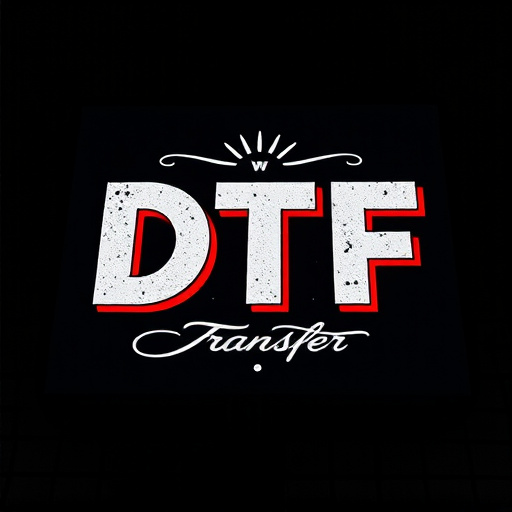
The future of Direct-to-Film (DTF) transfer production looks bright, with advancements in technology driving innovation in this space. One prominent trend is the integration of advanced printing techniques, such as DTF Printing, which enables the creation of more intricate and detailed designs on a variety of substrates. This technology is revolutionizing the way businesses approach custom product development, allowing for faster turnaround times and enhanced visual appeal.
Additionally, there’s a growing emphasis on sustainability within the industry. As consumers become more eco-conscious, DTF transfer production methods that minimize waste and utilize environmentally friendly materials are gaining traction. Moreover, the rise of digital customization allows businesses to offer personalized products at scale, catering to individual consumer preferences while maintaining a focus on sustainable practices. These trends collectively point towards a more efficient, creative, and responsible future for DTF Transfer production.






